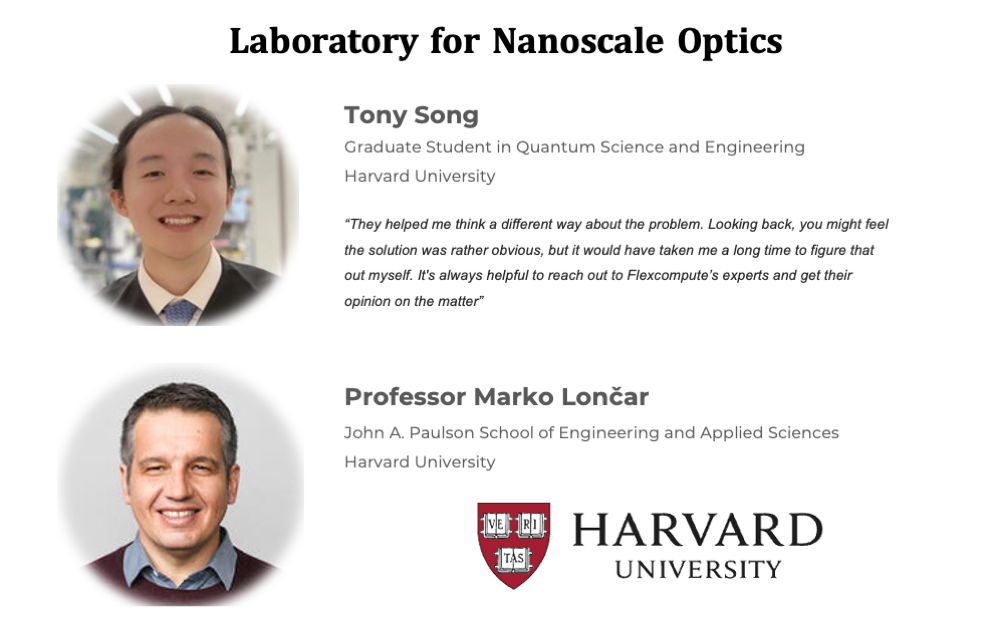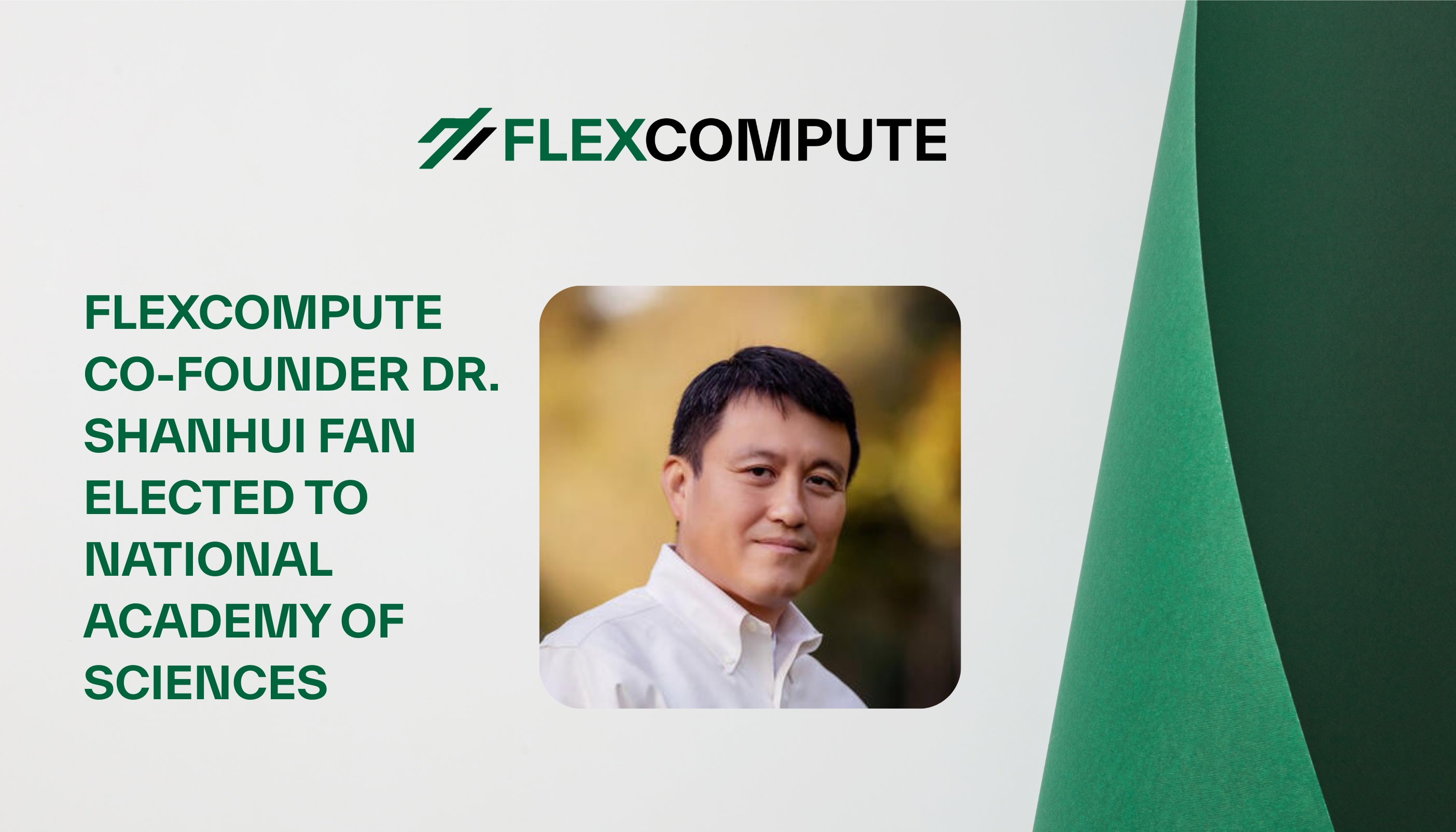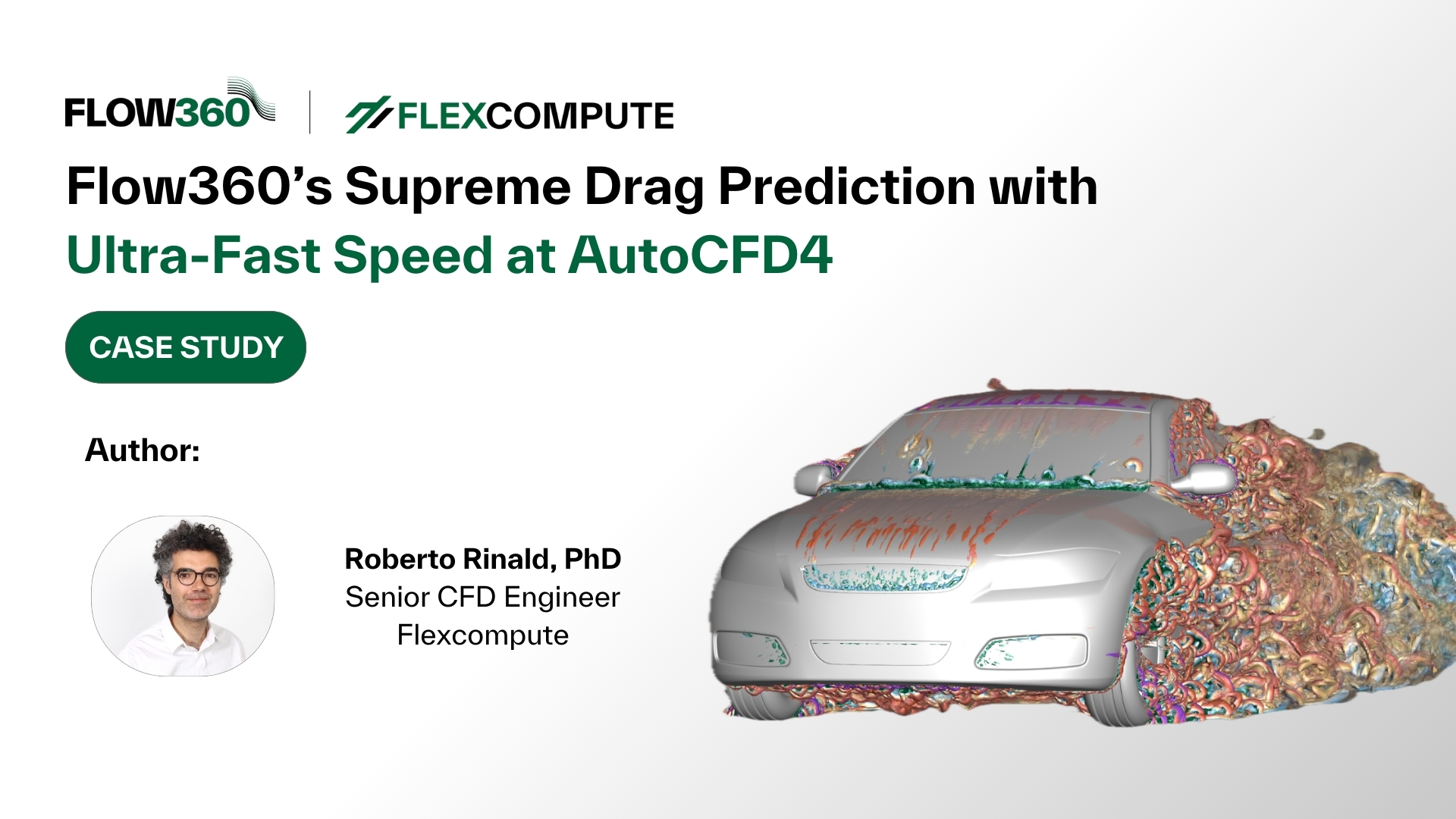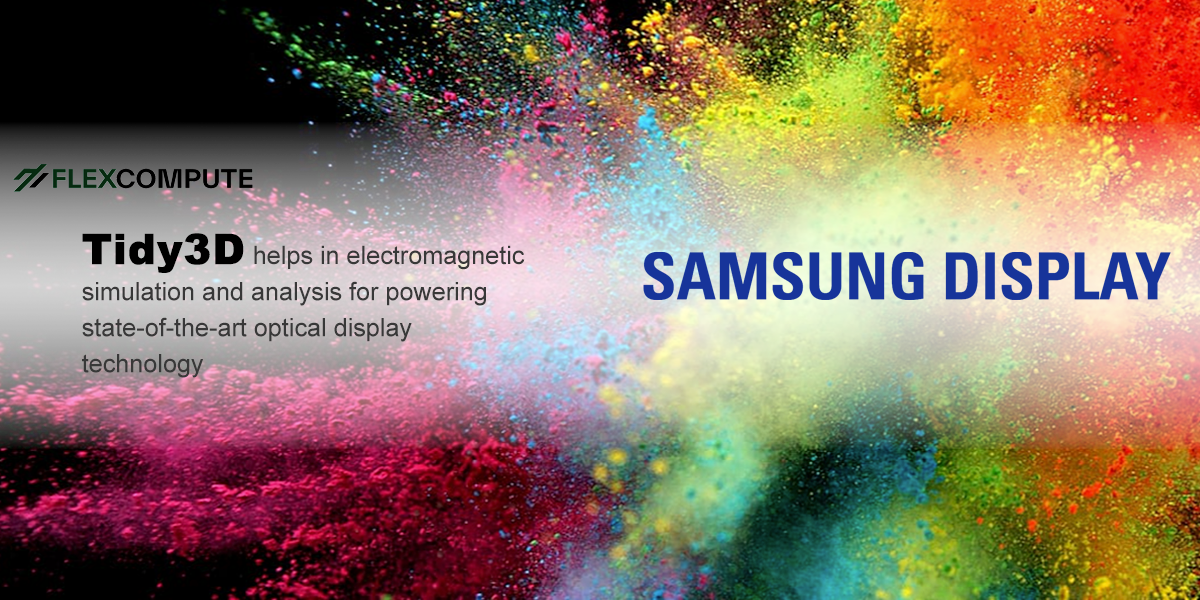Tidy3D Empowers the Progress in Lithium Niobate Nanophotonics: A Success Story from Professor Marko Lončar’s Lab at Harvard University
Renowned for its expertise in diamond photonics, the Lončar Lab at Harvard University has expanded its focus to lithium niobate in recent years, pioneering new avenues in the fabrication of photonic structures. The Lončar Lab has developed sophisticated in-house fabrication technologies, which can be used to quickly test the performance of designed devices. However, designing lithium niobate photonics often requires the designers to explore a large parameter space, which means too many chips must be fabricated and tested. Therefore, it’s critical to have a reliable numerical simulation tool to help with the design. Unfortunately, traditional 3D full-wave simulations are very slow. Tony Song, currently a graduate student from the Lončar Lab, and his teammates often rely on their efficient fabrication techniques and excellent testing capabilities for the parameter tuning of their designs rather than running numerical simulations. As another workaround, Tony also used to run highly simplified simulations to model devices, which is often not sufficiently accurate.
Recently, Tony and his teammates discovered Tidy3D. With the help of Tidy3D’s ultrafast simulations, they have already had exciting results that will be published in top scientific journals. Currently, Tony and his colleagues mainly use Tidy3D to design diamond photonic crystal cavities and passive lithium niobate components such as directional and grating couplers. In addition, they have also started to use inverse design to optimize some passive components.
Tony highly praised the well-designed user interface of Tidy3D compared to other simulation tools he has tried previously. The intuitive Python API of Tidy3D integrates effortlessly into his existing workflow, and the capabilities for importing and exporting GDS files facilitate a smooth transition between simulation and actual cleanroom fabrication. Moreover, Tony has commended the technical support team at Tidy3D for their prompt and effective assistance. Tony ran a broadband simulation in one specific case, but the result obtained had a strange discontinuity in the lower end of the wavelength range. Puzzled by the result, Tony contacted Tom and Emerson, the Senior Photonics Engineers at Flexcompute. They did a test together to identify the issue. “They helped me think a different way about the problem. Looking back, you might feel the solution was rather obvious, but it would have taken me a long time to figure that out myself. It’s always helpful to reach out to [Flexcompute’s] experts and get their opinion on the matter,” said Tony.
However, Tony and his teammates’ long-term goal is to explore active components utilizing the large electro-optic coefficient and nonlinear coefficients of lithium niobate. This vision aligns perfectly with Tidy3D’s development blueprint as the Tidy3D team continues to develop more advanced nonlinearity features and multi-physics solvers. These additions enable more rigorous simulations in thermo-optic and electro-optic domains, which is essential for the work Tony and his lab aspire to undertake.
The success story of Tidy3D in the Lončar Lab underscores the software’s pivotal role in advancing nanophotonics research. From its user-friendly interface and fast simulation speed to its advanced features, such as nonlinearity and inverse design plugins, Tidy3D has proven to be a transformative tool. As the Lončar Lab continues to explore new frontiers in photonics, Tidy3D stands as an essential companion, empowering researchers to unlock novel insights and accelerate the pace of discovery in the ever-evolving field of nanophotonics.









